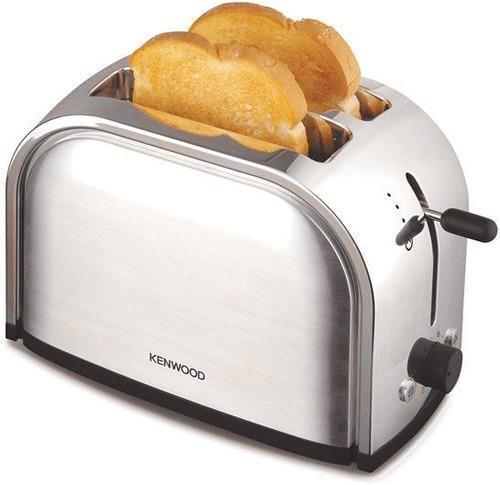
THIS IS FOR THE PEOPLE THAT NEED HELP W/ THIS because I found it a real strugle lol
Cells and the Structure of Life Lab Report
Instructions: Complete the Cells and the Structure of Life virtual lab. Record your observations in the lab report below. You will submit your completed report.
Name and Title:
Leah Ruiz
Mrs Pankey
Friday 5th 2021
Cells and the Structure of Life Lab
Objective(s):
In your own words, what was the purpose of the lab?
The purpose of this lab was to explain, show, and gather evidence of the cell theory.
Procedure:
Investigate each of the three components of cell theory to investigate from the corkboard in the virtual lab:
All organisms are composed of cells.
Cells come from existing cells.
Cells are the basic unit of life.
For each section, record your observations below.
Complete your report and submit it for grading.
Data and Observations:
Investigation: All organisms are composed of cells.
What is the main function of each part of the compound microscope?
Part
Function
Eye piece
the eye piece the lens that that user looks through to actually visualise the sample.
Ocular lens
the ocular lens is another name for the eye piece
Objective lenses
the objective lenses are the lenses closest to the sample, and brings the light to the sample. Standard microscope objective lenses have magnification ranging from 4x to 100x
Slide
the slide is a piece of glass where the sample has been deposited. E. g. it could be fixed tissue or live cells.
Cover slip
A cover slip is a smaller piece of glass that covers the sample, protecting it from damage or drying out
Stage
the stage is the part of the microscope that the sample being viewed sits on
Focusing dials
the focusing dial allows the user to adjust the focus of the sample, making visible and sharp
Light
the light is used to illuminate the specimen so that fine details can be deciphered.
Condenser lens
the condenser lens focuses the light source, collecting all the light from the source and redirecing it to a specific point (i. e. the sample)
Observe each specimen under the microscope, and record a description about its appearance.
Specimen Type
Description
Plant cell
The cell is from an onion and showing a divided cell structure.
Animal cell
The animal cell shows red blood cells.
Bacteria cell
The bacteria cells are in the shape of a rod called a rod shape.
Investigation: Cells come from existing cells.
Observe the two flasks, and record information about their appearance.
Day
Flask with open (broken) neck
Flask with intact neck
1
nothing happens
nothing happens
2
The broth in the open flask becomes dinner
The particles go in to the little tube
3
clumps of microorganisms begin to appear on day 3 on the open flask
more go in the tube
4
the clumps of microorganisms increase on day 4
they keep on stacking in the tube
5
clumps increase subsequently on day 5
a bunch of particles are in the tube
Investigation: Cells are the basic unit of life.
Observe the two petri dishes, and record information about their appearance.
Day
Petri dish (on left) containing agar plus nutrients
Petri dish (on right) containing agar without nutrients
1
Nothing happen
Nothing happen
2
Nothing happen
Nothing happen
3
The left one got more bacteria
the bacteria started to go away
4
More bacteria started growing
More bacteria started going away
5
It got more bacteria.
Bacteria kept going away
Conclusion:
Use your data to answer the following questions. Use complete sentences, and be as detailed as possible.
How did scientists discover that all living things are made of cells?
Around 1850, Virchow saw cells dividing and added that living cells arise only from other living cells. These ideas led to cell theory, which states that all organisms are made of cells, all life functions occur in cells, and all cells come from other cells.
How did Pasteur’s experiment with the flasks help disprove the idea that living things could just appear or come from nonliving things like water and air?
The end of the revolutionary period of the theory of abiogenesis and biogenesis was after the appearance of Louis Pasteur (1822-1895), a chemist who was very interested in chemical changes that occurred during the fermentation process of wine.
Why are nutrients needed for living things? Describe the difference between living and nonliving things.
all living things need water, and some source of food. The difference between a living and non-living thing is that one need water and other nutrients to keep it alive whereas non living things do not.
THE TEACHER ALSO GAVE ME A 100 for this. yw.

Answers: 3
Another question on Biology

Biology, 21.06.2019 16:50
Pick twenty foods and research the amount of total carbohydrates, sugars, and other carbohydrates in them. note: most food labels have this information. record your findings.
Answers: 1

Biology, 21.06.2019 17:30
If the birth rate of a population of dolphins is 2.0, the death rate is 0.5, and the population size is 100, what is this dolphin's population growth?
Answers: 1

Biology, 22.06.2019 04:30
Emmet didn’t want to weed the garden. he put off the task toward the end of the day. he even tried to get his sister to do the job. what type of goal orientation did emmet display toward weeding the garden?
Answers: 1

Biology, 22.06.2019 09:00
Were you able to observe the nucleolus in any of the cells if so which ones
Answers: 3
You know the right answer?
THIS IS FOR THE PEOPLE THAT NEED HELP W/ THIS because I found it a real strugle lol
Cells and the S...
Questions

Mathematics, 01.05.2021 01:00


Mathematics, 01.05.2021 01:00






Mathematics, 01.05.2021 01:00

Arts, 01.05.2021 01:00





Mathematics, 01.05.2021 01:00

Mathematics, 01.05.2021 01:00



History, 01.05.2021 01:00

Arts, 01.05.2021 01:00




